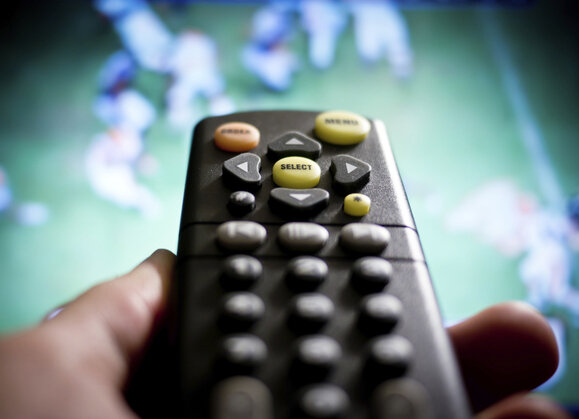Remote Controls Remain Underutilized, Underperforming Aspects of TV Experience
As televisions get more and more advanced in terms of the content they deliver and how they deliver it, there's been an an industry-wide shift in the user experience to adapt.
Endless scrolls and algorithms power content recommendations for days. Smarter, targeted ads provide more messaging that's hyper-relevant to audiences on a household-by-household basis. Voice activation has been a boon for search -- albeit only for operating systems that support it. Despite all of these improvements, though, one major component of the TV experience has largely lagged behind the rest: the remote control.
Much of the remote's basic function has remained unchanged over its many, many years. You can turn a device on and off, adjust the volume and enter in a channel you'd like to watch. But with smarter devices come smarter demands of the remote, too. While watching video content today, viewers need an ability to quickly search, utilize voice controls and access usernames and passwords. Ideally, this all comes from one place, takes one hand to operate and is relatively easy to do. And yet... that's rarely the case when looking at your various remote options.
Televisions come with remotes that provide shortcuts for certain apps (Netflix, Hulu, YouTube, etc.) and easy up and down arrows, but not much in the way of voice controls. Amazon's compact remote that comes with the Fire Stick only includes a handful of buttons for scrolling, plus a voice control option -- no number pad or anything similar. It's useful, but still only addresses a portion of the needs for today's viewers.
The most obvious solution could be TV hardware makers removing themselves from manufacturing remotes altogether, and leaving the physical tools to companies that have already mastered how to create devices with intuitive user interfaces. I'm talking, of course, about the mobile devices already in users' pockets everywhere.
There are remote apps already, and some of them address aspects of the problems with current remotes -- but only for certain operating systems. Android and Apple both address remotes on an OS-specific level, allowing for easy scrolling controls and connection capabilities and the access to a keyboard. These provide the basics for a more universal solution, but they're not all the way there.

The opportunity for TV hardware manufacturers lies in software: Creating a universal remote interface that runs directly through mobile devices and addresses the many issues with the current handheld TV operating experience. That means voice support, keyboard (for easier search and log-ins) and the other basic functionality. But the device's own internet connectivity takes it a step further, potentially providing a recommendation engine not only for content on the app and device level, but also an advertising integration mechanism that's still barely been scratched by shoppable ads.
At least 88% of U.S. viewers already have a second device (phone/tablet) in hand while watching TV. So why not lean into these tendencies even further? Instead of the remote being a necessary but lackluster aspect of the entertainment experience, one integrated into mobile devices becomes essential to getting the most out of programming options -- and maybe even opens up a more actionable point of sale for advertisers that makes brand messaging appearing during streaming TV even more valuable.
Perhaps the most exciting part of this potential shift in how we'd use remotes is that it's hardly a pipedream. Software already exists for interactive ads and second screen branding. Remote apps already exist, too. Whichever hardware maker decides to jump on the opportunity first could be at a major advantage when it comes to brand adoption -- and at a time when more consumers than ever are looking to switch up how they take in video content.
Or at the very least, whoever figures out how to improve remotes is going to have one excited user: your author.